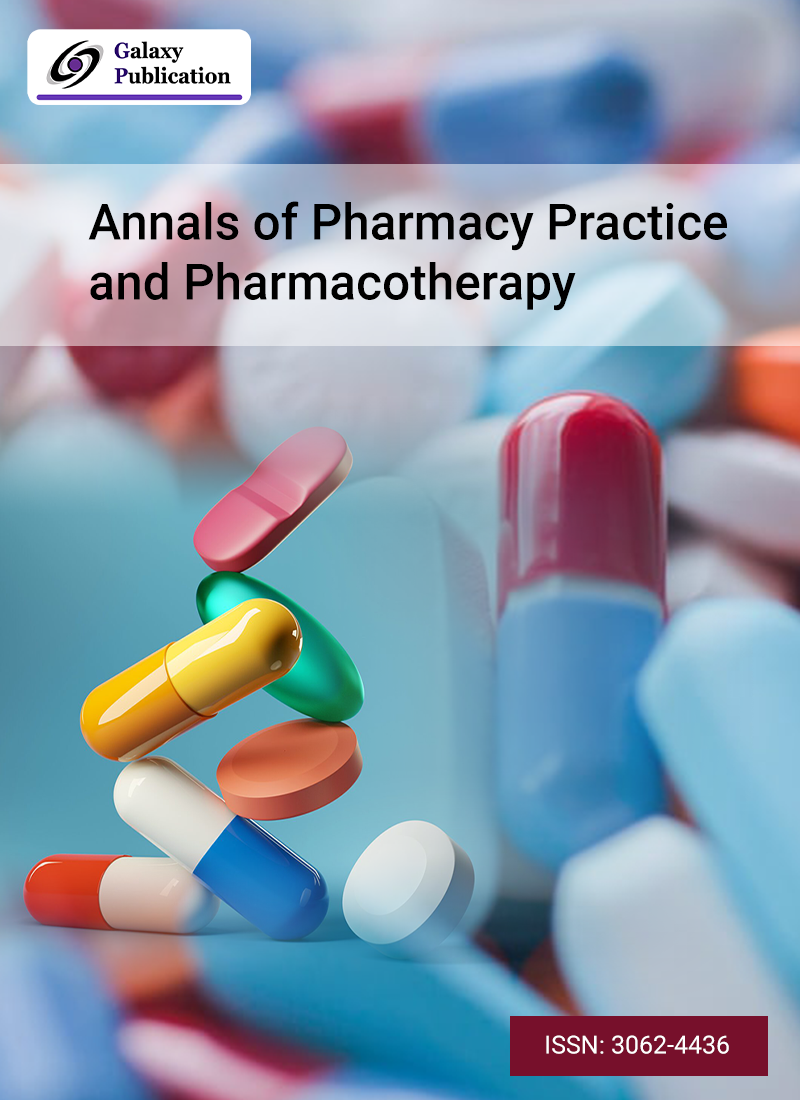
A root perforation is any situation, whether pathologic or the consequence of an accident, that causes a direct connection between the pulp and periodontal tissue due to iatrogenic dental caries or reabsorption. This study aimed to determine the clinical characteristics and efficacy of MTA, biodentine, and GIC in mending root perforations. Articles were selected from the previously published scientific articles, and inclusion and exclusion criteria were met to ensure that only articles with pertinent information were taken into consideration for evaluation. The approach used was a systematic review. In this comprehensive analysis, the Preferred Reporting Items for Systematic Reviews and Meta-analyses (PRISMA) guidelines were used. The main query is: Which material is better for the repair of root perforations, among MTA, biodentin, and GIC? The results indicate that since the majority of the research focused on biodentine, it is preferred over MTA and GIC. The clinical outcomes for the repair of root perforation with biodentine are better than those with GIC and MTA. According to this systematic review, most previous studies have shown that biodentine has better clinical outcomes. As a result, this study may be used by clinical practices to ensure improved clinical results when it comes to root perforation healing.